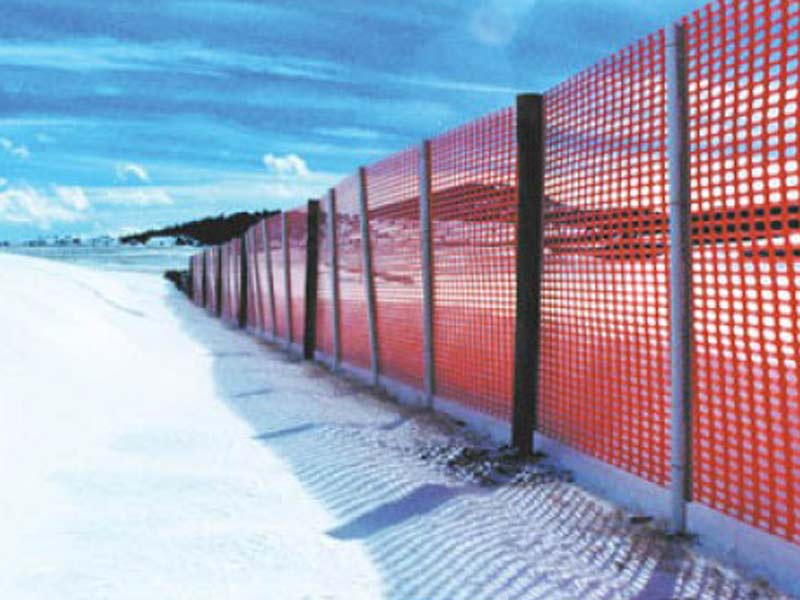Snow fences are essential structures used to control th […]
Snow fences are essential structures used to control the accumulation and drifting of snow, particularly in regions prone to heavy snowfall or drifting snow. When selecting a snow fence, it's crucial to consider the specific conditions of the site, including local climate patterns, terrain features, and desired level of snow control. Different types of snow fences offer varying degrees of effectiveness in controlling wind and snow, with each type having its own unique characteristics and suitability for different applications.
One commonly used type of snow fence is the wooden snow fence. Wooden snow fences consist of closely spaced vertical slats or boards installed along the ground. As wind passes through the gaps between the slats, it creates turbulence that helps to reduce the accumulation of snow. Wooden snow fences are popular for their affordability, durability, and effectiveness in flat or gently sloping terrain. They are often used in agricultural settings, along highways, and around residential properties to mitigate snowdrifts and protect roadways, fields, and structures from snow buildup.
Plastic snow fences are another option for snow control, offering durability, versatility, and ease of installation. These fences are constructed from durable plastic materials such as high-density polyethylene (HDPE) and are available in various mesh sizes and configurations. Plastic snow fences create turbulence in the wind, similar to wooden snow fences, which helps to prevent snow accumulation and drifting. They are lightweight, flexible, and resistant to environmental conditions, making them suitable for temporary or seasonal snow control needs. Plastic snow fences are often used in construction sites, parking lots, and other areas where portability and quick deployment are essential.
Metal snow fences are known for their strength and durability, making them suitable for use in areas with heavy snowfall and strong winds. These fences are typically made of galvanized steel or aluminum and feature rigid panels or mesh designs that effectively trap snow and prevent drifting. Metal snow fences are commonly used in mountain passes, open plains, and other exposed areas where snow control is critical for maintaining safe travel conditions. They offer long-lasting snow control solutions and can withstand harsh weather conditions for extended periods.
Fabric snow fences are lightweight and flexible alternatives to traditional snow fences, constructed from woven or non-woven synthetic materials such as geotextiles or polypropylene fabrics. These fences create a barrier that slows down wind speed and filters snow particles, reducing drift formation. Fabric snow fences are easy to install, portable, and suitable for temporary applications or areas where quick deployment is required. They are commonly used in construction sites, sports fields, and other open spaces to provide effective snow control while minimizing environmental impact.
Living snow fences utilize natural vegetation, such as shrubs, trees, or grasses, to control snow accumulation and drifting. These fences are strategically planted in locations where they can intercept blowing snow and create a barrier that reduces snow accumulation downwind. Living snow fences offer additional environmental benefits, such as soil stabilization, erosion control, and wildlife habitat enhancement. They require initial establishment and maintenance but can provide long-term snow control solutions while enhancing the aesthetic appeal of the landscape.
Selecting the appropriate type of snow fence depends on factors such as site conditions, climate considerations, desired level of snow control, and environmental impact. Wooden, plastic, metal, fabric, and living snow fences each offer unique advantages in terms of effectiveness, durability, ease of installation, and environmental considerations. By choosing the right snow fence for the specific requirements of the site, property owners, transportation agencies, and other stakeholders can effectively manage snow accumulation and drifting, ensuring safe travel conditions and minimizing hazards in winter weather.



 WhatsApp:+8613626888261
WhatsApp:+8613626888261